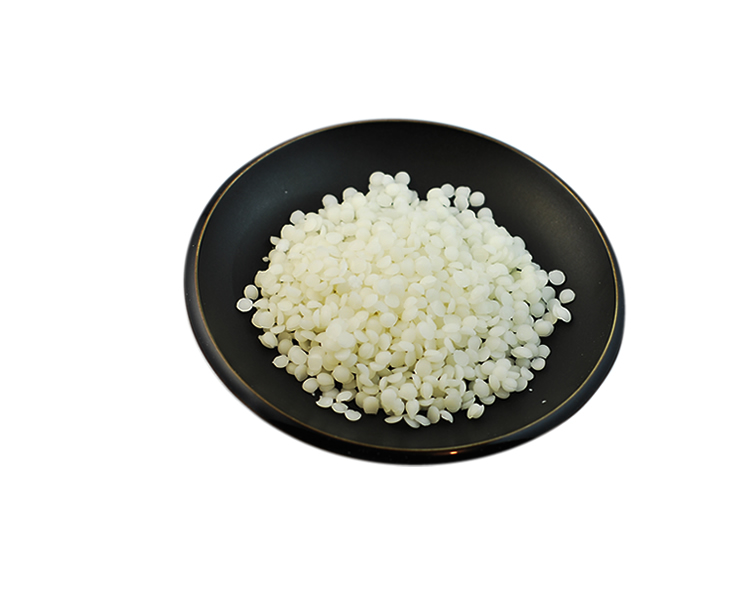Calcium Carboxy Methyl Cellulose
190.0 INR/Kilograms
Product Details:
- Boiling point NA
- Molecular Weight 399.957 Grams (g)
- Taste Other
- Solubility Practically insoluble in acetone, chloroform, ethanol (95%), toluene, and ether. Insoluble in water, but swells to form a suspension
- HS Code 3912310000
- Smell Other
- Melting Point 557.1 50.0 C at 760 mmHg
- Click to View more
X
Calcium Carboxy Methyl Cellulose Price And Quantity
- 25 Number
- 190.0 INR/Kilograms
Calcium Carboxy Methyl Cellulose Product Specifications
- 4.6
- C23H30ClN3O
- white to yellowishwhite
- 5 Years
- Carboxymethylcellulose is used in the treatment of dry eyes. It is used as a lubricant to relive irritation and discomfort due to dryness of the eyes or due to exposure of the eyes to wind or sun
- 0.002% Max
- C23H30ClN3O
- Medicine Grade
- Pharmaceutical Intermediates
- Room Temperature
- Other
- NMT 10.0%
- 399.957 Grams (g)
- Practically insoluble in acetone, chloroform, ethanol (95%), toluene, and ether. Insoluble in water, but swells to form a suspension
- 3912310000
- Calcium Carboxy Methyl Cellulose
- 9050-04-8
- Other
- Cellulose, carboxymethyl ether, calcium salt
- Powder
- NA
- 557.1 50.0 C at 760 mmHg
Calcium Carboxy Methyl Cellulose Trade Information
- Mumbai
- Cash Against Delivery (CAD), Cash on Delivery (COD), Cash Advance (CA), Cash in Advance (CID), Letter of Credit at Sight (Sight L/C), Letter of Credit (L/C)
- 25 Number Per Day
- 7 Days
- No
- Free samples are available
- Drum and bag
- Asia, Australia, Central America, North America, South America, Eastern Europe, Western Europe, Middle East, Africa
- WE PROVIDES ALL KIND OF CERTIFICATIONS AS YOU REQUIRED
Product Description
Food manufacturers use CMC under the E number of E466 or E469 (when enzymatically hydrolyzed) to reduce viscosity or thicken fluids in various products, including ice cream. Gluten free and low fat food products use CMC extensively.
Calcium Carboxy Methyl Cellulose Properties:
- CAS No: 9000-11-7
- Moisture (%): 10%
- PH value: 6.5-8.0
- Heavy metals Pb 0.002%
- Iron: 0.03%
- Arsenic: 0.0002%
How does it work:
It is a calcium salt of Carboxy Methyl Cellulose. The insoluble Carboxymethylcellulose Calcium swells in water and Carmellose Calcium is used to disintegrate tablets in pharmaceutical manufacturing. Calcium CMC improves dissolution properties and helps disintegrate tablets quickly.
Applications Or where it is used:
CMC is also used as a thickening agent, for example, in the oil-drilling industry as an ingredient of drilling mud, where it acts as a viscosity modifier and water retention agent. Sodium CMC(Na CMC) for example, is used as a negative control agent for alopecia in rabbits.
Side effects:
Irritation, numbness, bleeding, bruising, swelling, pain and wrinkling of skin.
Warnings and precautions while using this product:
- Use only externally; avoid contact with the eyes and mouth
- During pregnancy and breast-feeding, women with history of liver or kidney issues should use caution.
- Animals are considered safe to consume sodium carboxymethyl cellulose. There is no need to set a maximum content for complete diets. Consumers should have no concerns about sodium carboxymethyl cellulose used in animal nutrition.
Tell us about your requirement

Price:
Quantity
Select Unit
- 50
- 100
- 200
- 250
- 500
- 1000+
Additional detail
Mobile number
Email









 : nilesh.sheth70
: nilesh.sheth70
